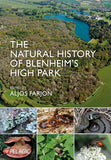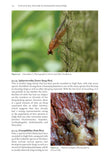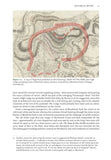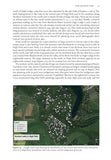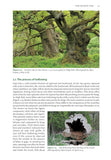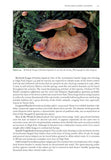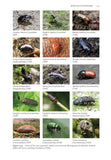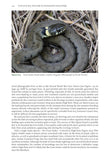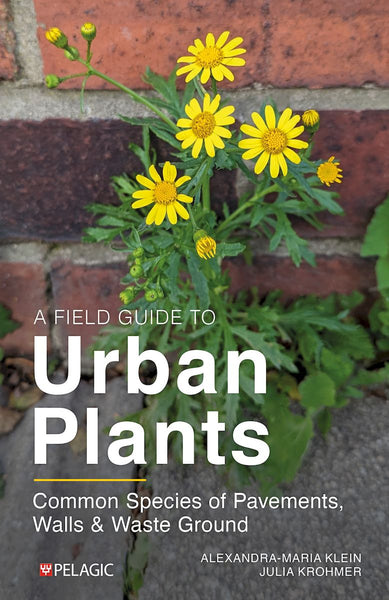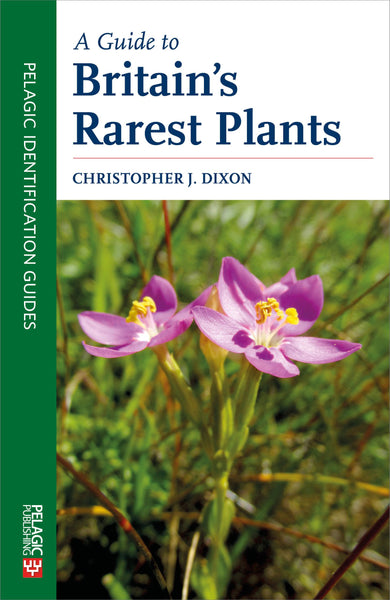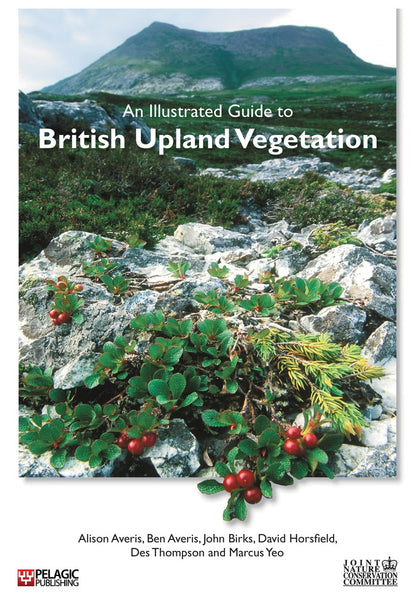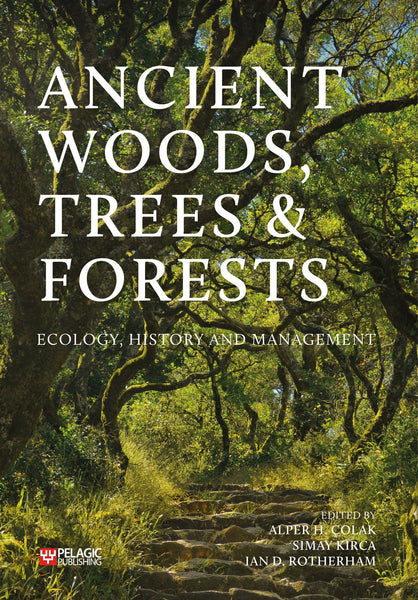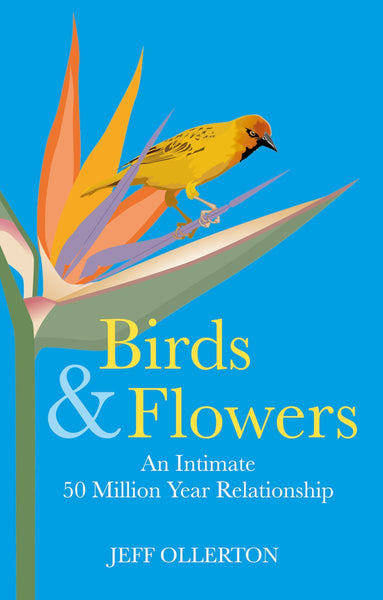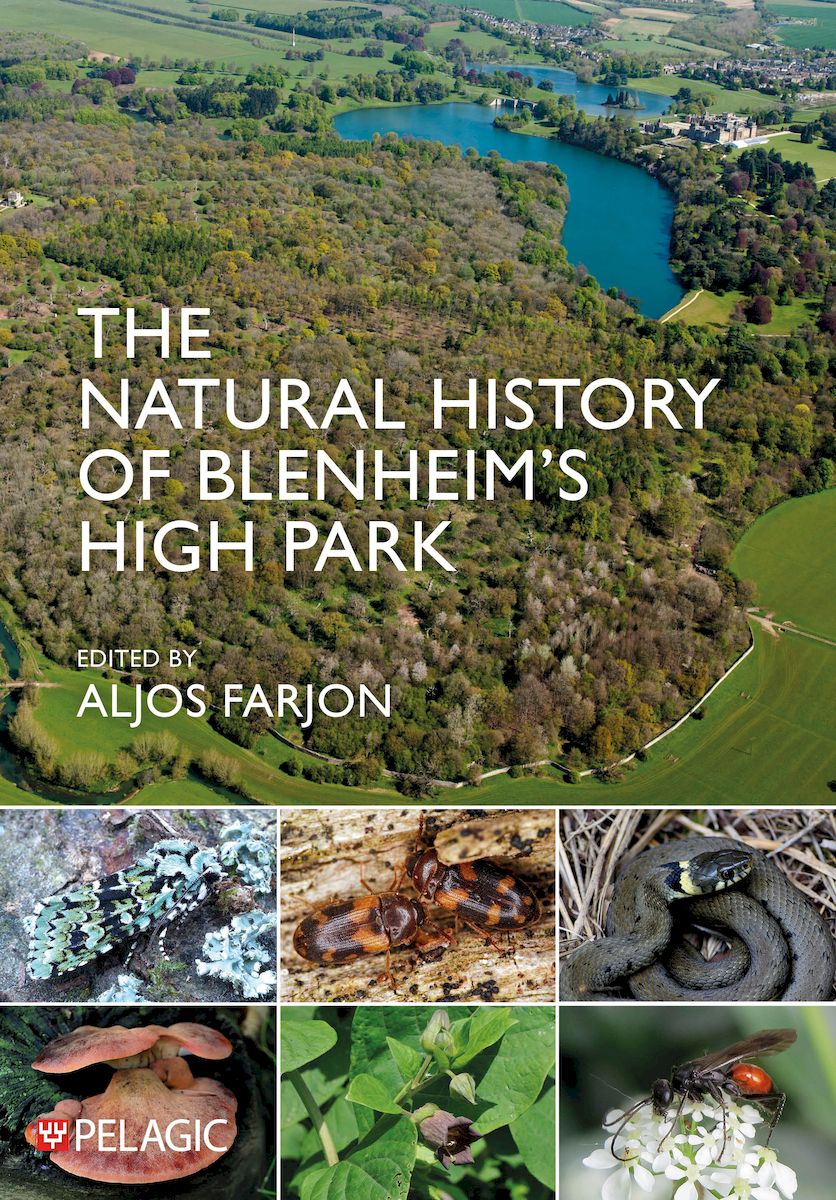
The Natural History of Blenheim’s High Park
- In-depth look at the biodiversity and ancient oaks in a medieval deer park dating from 1110.
- Richly illustrated throughout with photographs of organisms.
- Only the second comprehensive published record of the biodiversity of a site with ancient oaks.
- There is no doubt that this book will become a standard point of reference for tree and woodland ecologists.
—Dr Keith Kirby, Department of Plant Sciences, Oxford University
- Blenheim
- botany
- ecology
- habitat
- invertebrates
- natural history
- parkland
- trees
Description
High Park, at Blenheim in Oxfordshire, UK, is a SSSI of great significance for its numerous ancient oaks and the organisms associated with these trees. This book gives a detailed, lavishly illustrated and thoroughly researched description of the biodiversity and natural history of what is by several measures the most significant site for ancient oaks in Europe. It draws together the expertise of more 60 specialists, and reports on the results of in-depth surveys of High Park.
Chapters cover different groups, including: flora (including bryophytes), fungi, lichens, molluscs, arachnids, flies, hymenoptera, butterflies, moths, beetles – with a special focus on saproxylic species, bugs, reptiles and amphibians, birds and mammals.
Despite their undoubted importance, very few sites with ancient oaks in England, the most important European country for these magnificent trees, have seen a comprehensive published account, adding to the value of this study. Several of the contributing authors describe their survey techniques in some detail, some of which are not widely known. Records are analysed in the various chapters and often compared with data from other similar sites. Overall, the book gives encouraging evidence of the great biodiversity still to be found in England, and should help to stimulate similar efforts to uncover the biodiversity and describe the natural history of ancient parkland and woodland, so that conservation of these sites can be based on firm scientific data.
DOI: 10.53061/QXBT1148
Table of Contents
Introduction Aljos Farjon
DOI: 10.53061/YKRB6101
1. Historical Review Alison Moller and Torsten Moller
DOI: 10.53061/ZZBX6109
2. The Ancient Oaks Aljos Farjon
DOI: 10.53061/WPSJ5341
3. Planted and Self-Seeded Trees Aljos Farjon and Torsten Moller
DOI: 10.53061/JWXM7823
4. Flora and Vegetation David M. Morris, Aljos Farjon and Jacqueline Wright
DOI: 10.53061/NSNS7740
5. Fungi (Excluding Lichens) A. Martyn Ainsworth, Richard Fortey, Alona Yu. Biketova and Laura M. Suz
DOI: 10.53061/OZOM2670
6. Lichens Pat Wolseley, Neil Sanderson, Brian Coppins and Sandy Coppins
DOI: 10.53061/RTDO9050
7. Snails, Slugs and Bivalves (Mollusca) Rosemary Hill, Peter Topley, Thomas Walker and Rosemary Winnall
DOI: 10.53061/ZAFH4557
8. Spiders and Relatives (Arachnida) Aljos Farjon
DOI: 10.53061/KRTC5727
9. Two-Winged Flies (Diptera) Peter Chandler
DOI: 10.53061/PEVB9384
10. Sawflies, Wasps, Bees and Ants (Hymenoptera) Ivan Wright
DOI: 10.53061/NZVF3441
11. Butterflies (Lepidoptera) Phillip Cribb and Caroline Steel
DOI: 10.53061/REZP4047
12. Moths (Lepidoptera) Martin Corley
DOI: 10.53061/WZHD1567
13. Beetles (Coleoptera) Benedict John Pollard
DOI: 10.53061/ESXO4392
14. Bugs (Hemiptera) and other Insect Orders Graham A. Collins and Jovita F. Kaunang
DOI: 10.53061/NQKI9199
15. Assessing the Importance of High Park for Saproxylic Beetles Benedict John Pollard and Keith N.A. Alexander
DOI: 10.53061/NGWD5034
16. Amphibians and Reptiles Aljos Farjon and Angela Julian
DOI: 10.53061/PKXT2424
17. Birds (Aves) Anthony S. Cheke
DOI: 10.53061/CIGW8855
18. Mammals Ray Heaton
DOI: 10.53061/KVXM4486
19. Review of Management Practices Torsten Moller, Aljos Farjon and Anthony S. Cheke
DOI: 10.53061/ILNU8469
Reviews
- A fantastic and fascinating account of one of the top ancient oak tree sites in the country, brimming with rare beetles and a wide range of other species... There is no doubt that this book will become a standard point of reference for tree and woodland ecologists.
—Dr Keith Kirby, Department of Plant Sciences, Oxford University
About the Author
Aljos Farjon is a renowned botanist and recipient of several international awards for his work on conifers, on which he has published 11 books and more than 100 papers and articles. He is also an accomplished botanical artist, illustrating many of his books and papers. He worked successively at the Universities of Utrecht and Oxford and at the Royal Botanic Gardens, Kew until his official retirement; he continues at Kew as an Honorary Research Associate. In recent years, Aljos has shifted his research interests to the extraordinary wealth of ancient oaks in his adopted country, England. His Ancient Oaks in the English Landscape was named ‘Reference Book of the Year’ in the Garden Media Guild Awards 2017.Bibliographic Information
 424 pages
424 pages - 312 colour illustrations
- BISAC SCI011000, SCI020000, NAT011000
- BIC RNKH, PST, RNC






